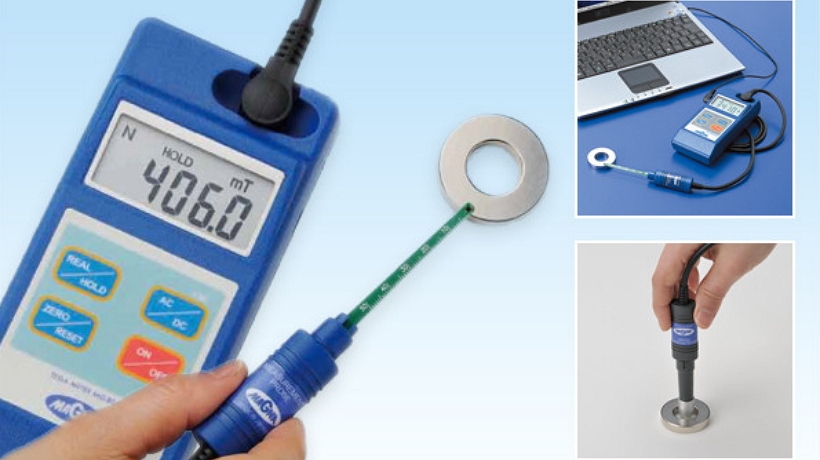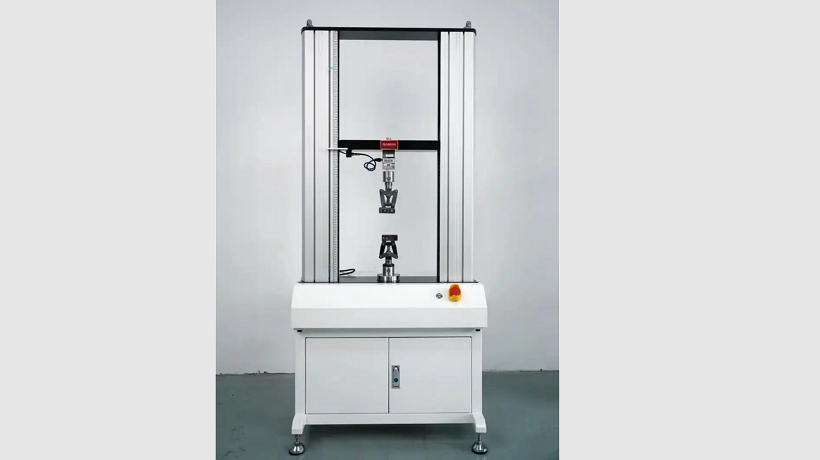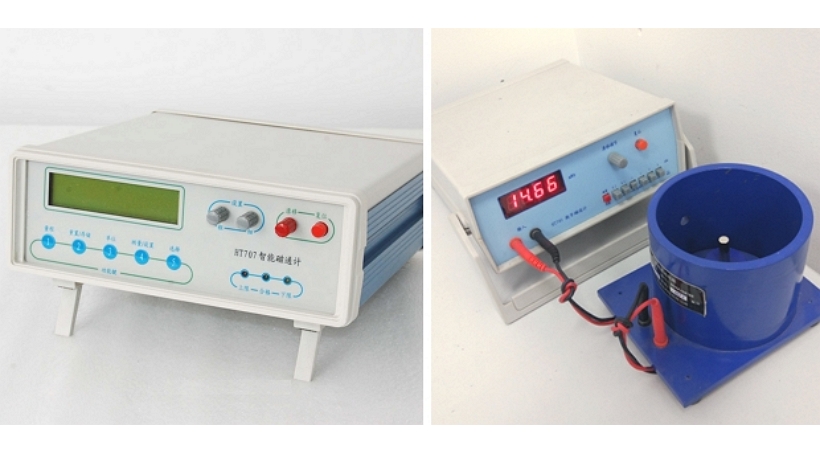Introduction
Magnets power everything from electric motors to fridge doors, but how do you know if they're up to the job? Whether working with permanent magnets like Neodymium magnets or experimenting with Ferrite magnets, testing their strength is key to ensuring performance. In this guide, we'll dive into the methods and tools you need to measure magnet strength accurately. Expect practical tips, real-world examples, and a friendly nudge to try it yourself—because who doesn't love a little hands-on science?
Let's start by exploring why magnet strength matters and how to test it like a pro.
Why Test Magnet Strength?
Magnets aren't just cool—they're critical. A weak Alnico magnet in a guitar pickup could dull your sound, while an underperforming SmCo magnet in a sensor might throw off a spacecraft's navigation. Testing magnet strength ensures reliability, safety, and efficiency, whether in manufacturing, engineering or just tinkering in your garage.
Strength isn't just about how much a magnet can lift. It's about magnetic field intensity, pull force, and consistency over time. Different applications demand different tests; your chosen tools depend on your measurements. Let's break it down.
Key Concepts in Magnet Strength
Before we jump into testing, let's clarify what "strength" means for permanent magnets:
- Magnetic Field Strength (B): Measured in Gauss or Tesla, this tells you how intense the magnetic field is at a given point.
- Pull Force: The practical measure of how much weight a magnet can hold—think of it as the "real-world" strength.
- Remanence (Br): How much magnetism remains after the magnetizing force is removed—crucial for Neodymium magnets.
- Coercivity (Hc): Resistance to demagnetization, a big deal for SmCo magnets in high-heat environments.
Each method we'll cover targets one or more of these properties. Ready to test? Here's how.
Key Methods for Testing Magnet Strength

1. Gauss Meter Measurements
A Gauss meter is the most precise tool for measuring magnetic field strength (flux density). It's indispensable for verifying magnet strength quickly and accurately.
How to use a Gauss meter:
• Calibrate your Gauss meter regularly for accuracy.
• Place the meter's probe perpendicular to the magnet's surface.
• Measure multiple spots across the magnet's surface to ensure uniformity.
Practical Example: A manufacturer of electric motors regularly uses Gauss meters to test the Neodymium magnets in their motors. They've reduced field failures by 30% by ensuring consistent magnet strength.

2. Pull Force Testing
Pull force tests measure a magnet's holding or lifting strength. This method is critical for lifting magnets, magnetic clamps, and magnetic closures.
Performing a pull force test:
• Securely attach the magnet to a flat steel surface.
• Attach a calibrated force gauge or pull tester to the magnet.
• Gradually increase tension until the magnet separates from the steel surface.
• Record and repeat tests to get an average strength reading.
Real-world Case: A tooling company regularly tests SmCo magnets used in industrial magnetic lifters. Pull testing helps them meet strict safety standards, preventing workplace accidents.

3. Fluxmeter Method
Fluxmeters accurately measure total magnetic flux, making them suitable for complex magnet shapes or assemblies.
Using a fluxmeter:
• Move the magnet through the fluxmeter coil steadily.
• Record total magnetic flux readings.
• Compare results against specified magnet standards.
Industry Insight: Fluxmeters are widely used in quality assurance processes for Alnico magnets in precision measurement instruments.

4. Visual Inspection with Magnetic Field Viewing Film
While less quantitative, magnetic field viewing films offer a quick way to visually assess magnet performance, identify damage, or detect irregularities.
• Lay the viewing film over the magnet's surface.
• Observe magnetic field patterns displayed on the film.
• Quickly identify damaged or improperly magnetized areas.
Tips for Accurate Testing
Testing magnets sounds straightforward, but little things can trip you up. Here's how to nail it:
- Avoid Interference: Avoid other magnets, metal objects, and electronics.
- Check Temperature: Heat can weaken permanent magnets—test at room temp unless specified.
- Repeat and Average: Take multiple readings to smooth out errors.
- Know Your Magnet: Neodymium magnets lose strength over decades, while SmCo magnets resist heat better. Context matters.
Frequently Asked Questions (Q&A)
Q: What is the best method to test the strength of Neodymium magnets?
A: Gauss meter and pull force tests are ideal for accurately measuring Neodymium magnet strength.
Q: Can magnet strength degrade over time?
A: Yes, magnets gradually lose strength, especially when exposed to harsh conditions or temperatures above recommended limits.
Q: Is professional equipment always necessary for magnet testing?
A: For precise, reliable results, professional testing equipment is recommended. However, basic visual inspections can be useful for initial checks.
Final Thoughts
Accurately testing the strength of permanent magnets like Neodymium, SmCo, Alnico, and Ferrite magnets is critical for ensuring the efficiency and reliability of your products. Incorporating tools like Gauss meters, pull testers, fluxmeters, and Helmholtz coils into your quality control process can greatly enhance magnet performance and reduce risks. For further guidance on magnet selection, applications, and quality control, visit our comprehensive resources at our site.
• Magnetic Instruments
• Magnets Selection Guide
Ensure your project's success—prioritize accurate magnet strength testing today!
Post time: Mar-28-2025
